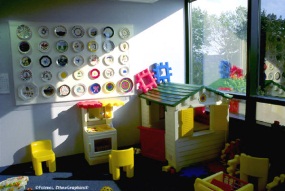 |
Childcare and Tobacco Smoke |
 |
Exposure to secondhand and thirdhand smoke is especially dangerous to children because their bodies are still developing.
According to the U.S. Surgeon General, there is no safe level of exposure to secondhand smoke1
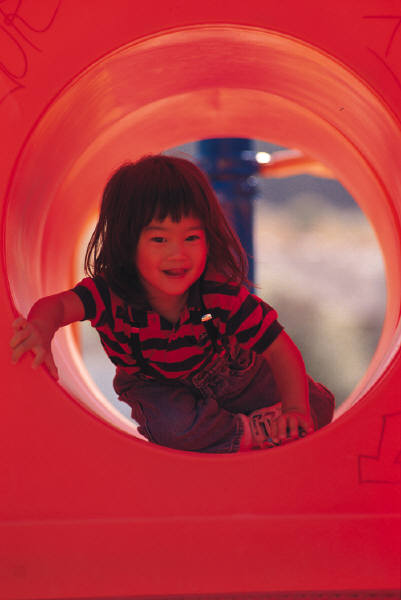 |
Tobacco smoke lingers in the air hours after cigarettes have been extinguished. Ventilation systems do not work to eliminate the harmful effects of this smoke. Therefore, smoking only when children are not present or using designated smoking areas or separately ventilated smoking rooms cannot protect children from exposure to secondhand or thirdhand smoke.2
Additionally, thirdhand smoke in childcare settings is of concern because studies have shown that months after a cigarette was smoked, particles of thirdhand smoke remains on countertops, floors, upholstery, carpets, clothing and other surfaces and fabrics.3
|
|
Thirdhand smoke is especially dangerous to infants and children because they crawl, play on, breathe near, touch, and mouth contaminated surfaces, such as floors and fabrics.
Childcare providers who go outside the home or center to smoke may return with thirdhand smoke on their clothing, exposing infants and children who come into contact with them.4 |
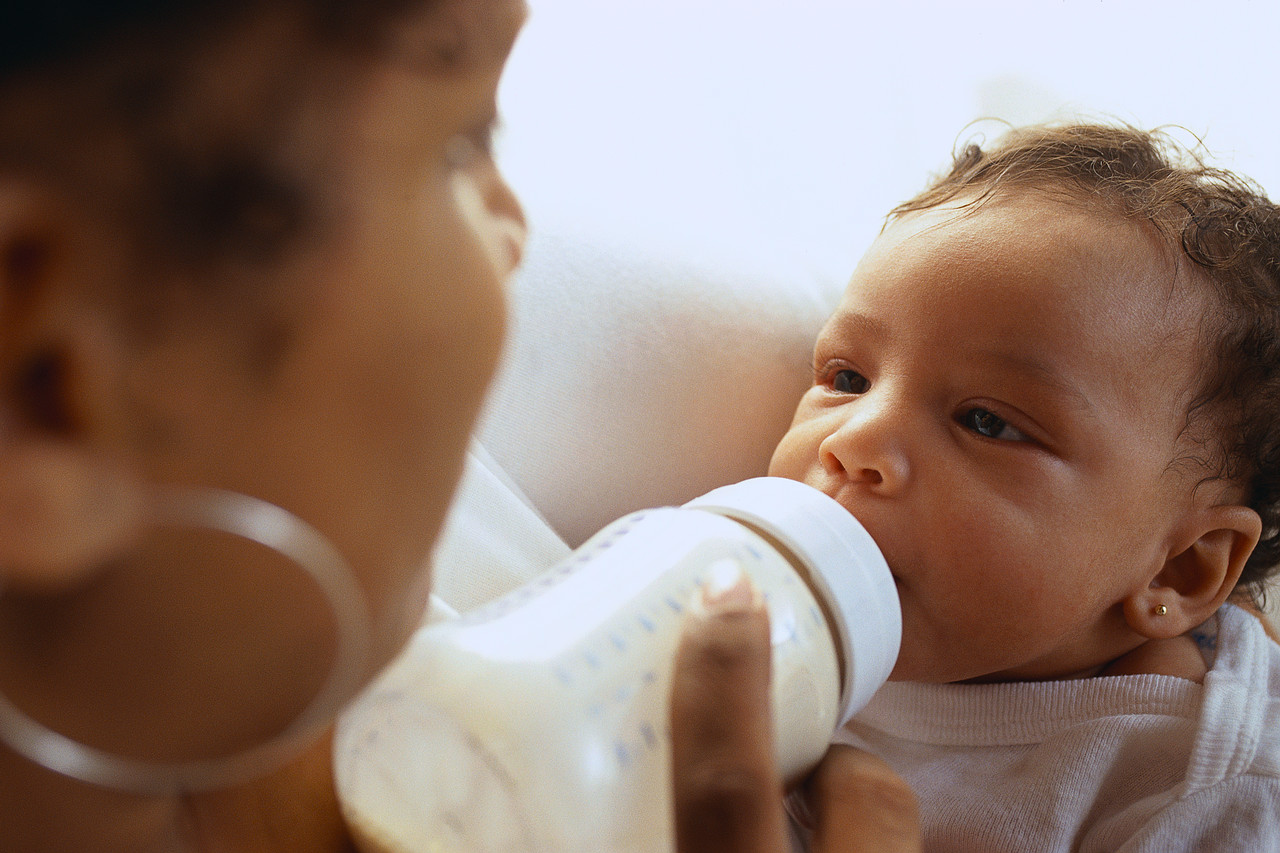 |
When choosing a childcare provider:
- Ask about the childcare provider’s tobacco use policy.
- If smoking be allowed, ask what precautions are taken to keep the children safe.
The only sure way to protect your child from the effects of tobacco smoke in a childcare setting is to choose a childcare center or provider that is tobacco free inside and outside the facility.
Connecticut Regulations
Day Care Centers and Group Day Care Facilities (centers or homes with more than 6 children)
(Public Health Code Regulations 19a-79-7a,d,9)
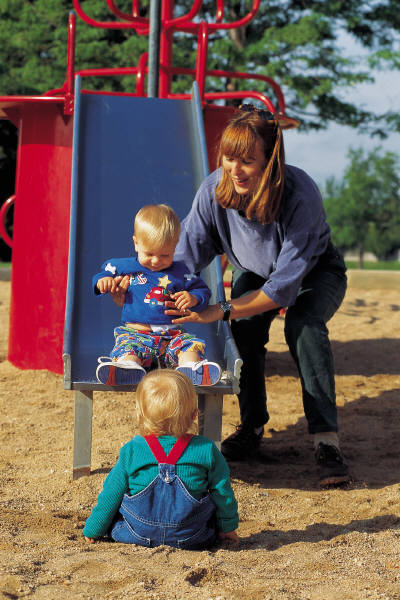 |
|
Family Day Care Home (private home with less than 6 children)
(Public Health Code Regulations 19a-87b-9 (o))
|
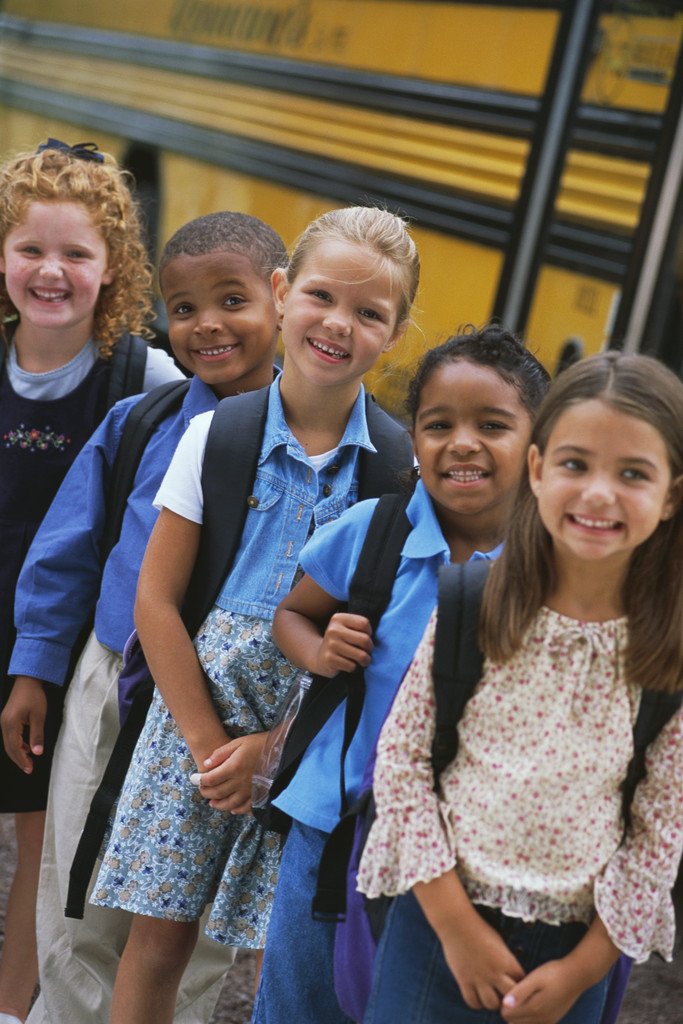 |
[1] U.S. Surgeon General report 2010
[2] http://www.ttac.org/tcn/tfp/2008/november-2008/pdf/STATE_Daycare.pdf
[3] www.publichealthlawcenter.org
[4] www.publichealthlawcenter.org

